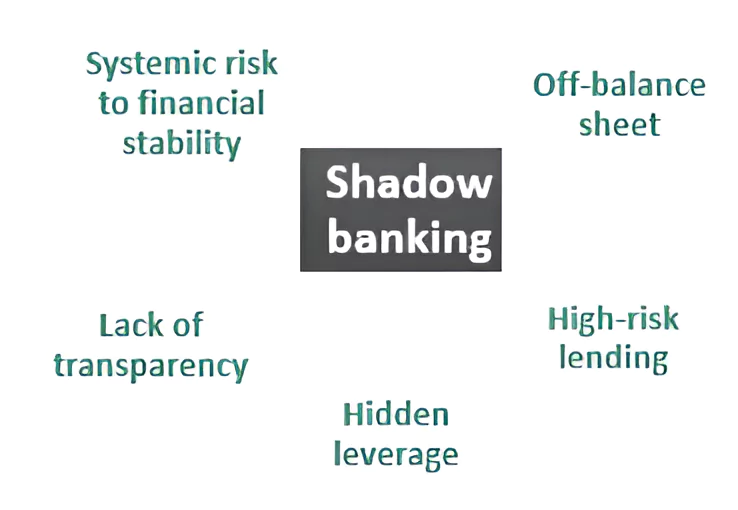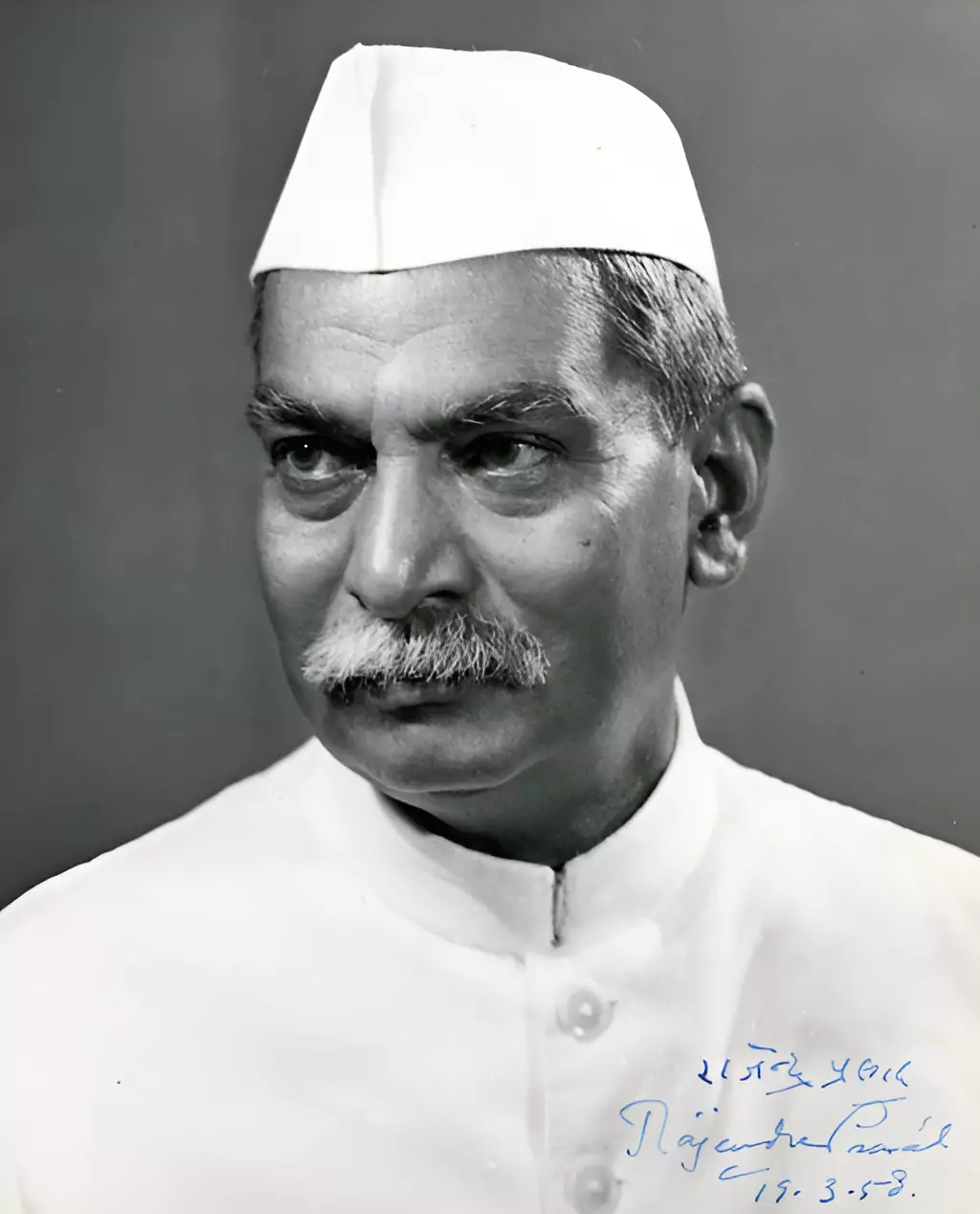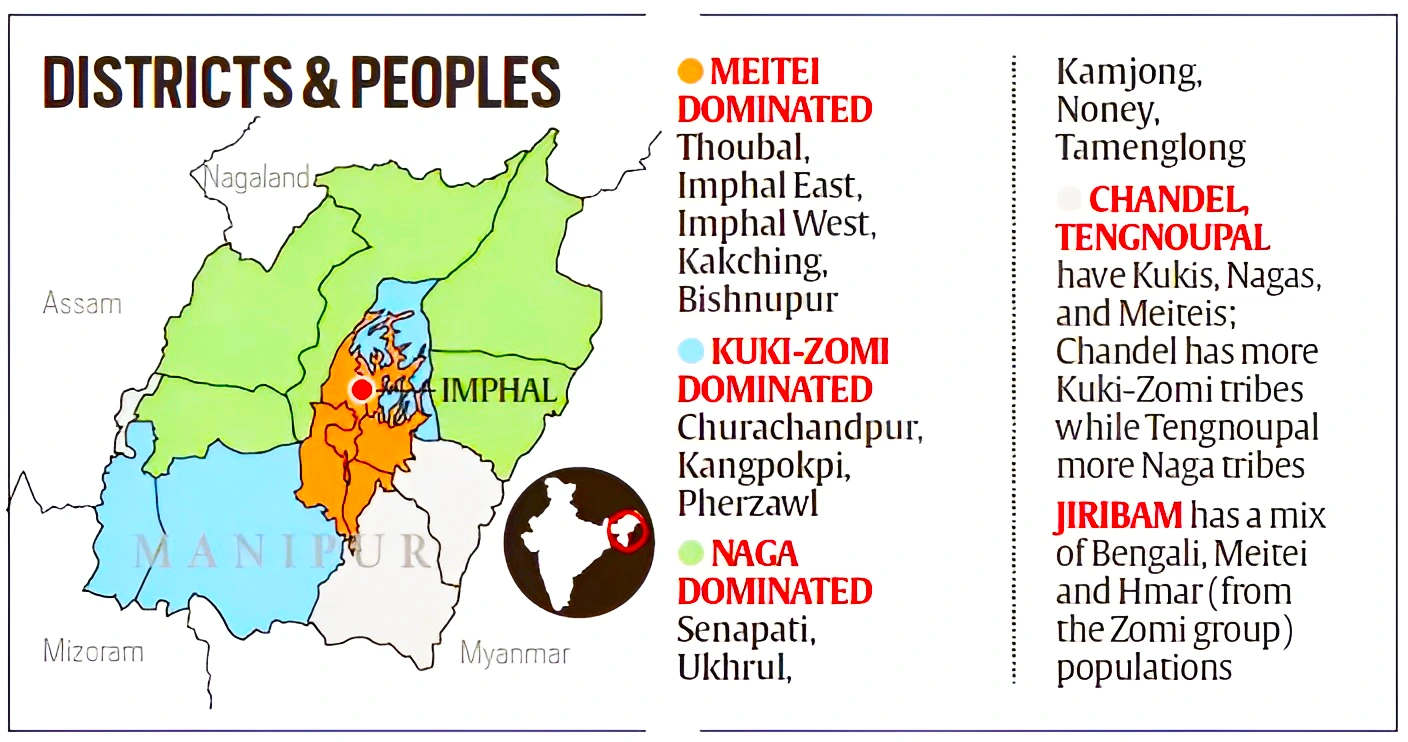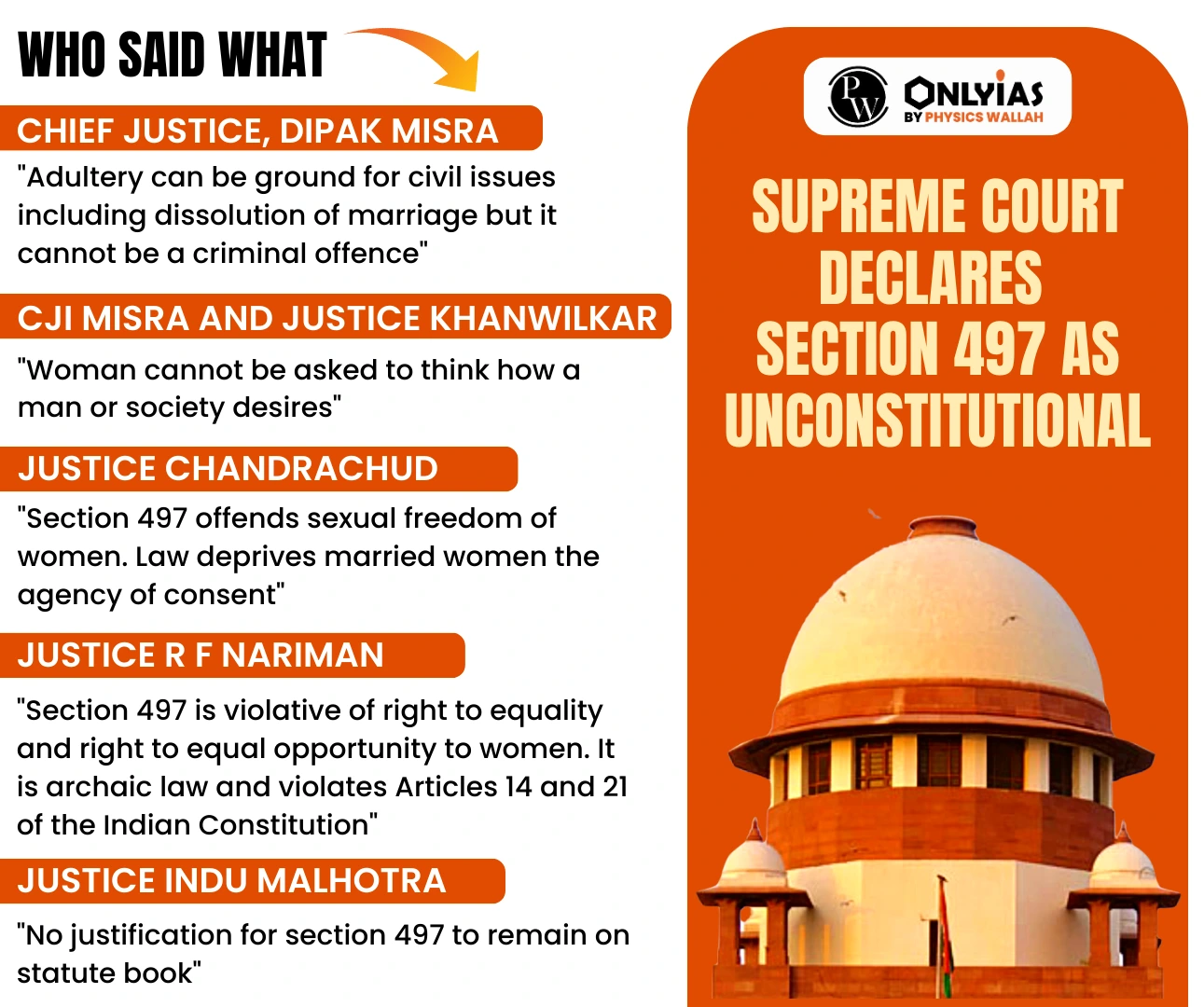Context: Shadow banks must review how they lend money as the Reserve Bank of India (RBI) strengthens norms and squeezes their credit lines.

ALSO READ: BANKING SECTOR OF INDIA
Source: Business Standard
Context: At COP28, countries will examine how much progress they have made in curbing global warming. According to The United Nations Framework Convention on Climate Change (UNFCCC), “It’s a moment to take a long, hard look at the state of our planet and chart a better course for the future.
| The Paris Agreement aims to keep global warming from rising more than 2 degrees Celsius from the pre-industrial era — mid-1800s —and to try to keep it under 1.5 degrees Celsius.
(the point till which the planet might still withstand severe climate change impact). |
|---|
Also Read: NDC Synthesis Report For 2023: UNFCCC
Source: Indian Express
Context: The Ministry of Railway is inviting expressions of interest from global players to manufacture hydrogen-powered trains in the country based on indigenously developed technology.
About Hydrogen Fuel Cell:
|
|---|
Also Read: National Hydrogen Energy Mission (NHEM)
Source: Live Mint
Context: The Codex Alimentarius Commission (CAC), has praised India’s Standards on Millets and accepted its proposal for developing global standards for millets during its 46th session in Rome, Italy.
|
|---|
Source: PIB
Context: India was re-elected to the IMO Council (International Maritime OrganisationI) with the highest votes and the council term will be for the biennium 2024-25.
Also Read: Global Maritime India Summit 2023; PM Unveil Blueprint For Maritime Blue Economy
Maritime India Vision 2030
|
|---|
Genesis: The International Maritime Organisation is the United Nations specialized agency responsible for the safety and security of shipping and preventing marine and atmospheric pollution by ships.
History: In 1948 an international conference in Geneva adopted a convention formally establishing IMO (the original name was the Inter-Governmental Maritime Consultative Organization, or IMCO, but the name was changed in 1982 to IMO).
Members: IMO currently has 175 Member States and three Associate Members. India has been one of the earliest members of the IMO, having ratified its Convention and joined it as a member state in 1959.
| The 33rd Assembly elected the following States to be Members of the IMO Council for the 2024-2025 biennium:
Category (a): 10 States with the largest interest in providing international shipping services:
Category (b): 10 States with the largest interest in international seaborne trade: Australia, Brazil, Canada, France, Germany, India, Kingdom of the Netherlands, Spain, Sweden, and the United Arab Emirates Category (c): 20 States not elected under (a) or (b) above, which have special interests in maritime transport or navigation and whose election to the IMO Council will ensure the representation of all major geographic areas of the world: Bahamas, Bangladesh, Chile, Cyprus, Denmark, Egypt, Finland, Indonesia, Jamaica, Kenya, Malaysia, Malta, Mexico, Morocco, Peru, the Philippines, Qatar, Saudi Arabia, Singapore, and Türkiye. |
|---|
Source: PIB
Context: Recently, the Indian Space Research Organisation (ISRO) said that the Solar Wind Ion Spectrometer (SWIS), the second component of the Aditya Solar Wind Particle Experiment (ASPEX) within Aditya L1, has become operational.
More About Aditya L1 Mission,
News Source: Livemint
Context: The Indian Government has cleared the submission of the country’s Third National Communication (TNC) and Initial Adaptation Communication to the United Nations Framework Convention on Climate Change (UNFCCC).
Also Read: COP28 Approved Agreement on New “Loss and Damage” Fund for Vulnerable Countries
News Source: DTE
Context: The International Organization of Securities Commissions (IOSCO) proposed 21 safety measures to enhance integrity, transparency, and enforcement in voluntary carbon markets (VCMs).
News Source: Business Standard
Context: Union Minister of Science and Technology addresses faculty and students at the Institute of Nano Science and Technology (INST) in Mohali, Chandigarh.
About NANO Mission:
|
|---|
News Source: PIB
Context: The President of India, paid tributes to Dr. Rajendra Prasad, the first President of India on his birth anniversary i.e., on December 3rd, 2023.

News Source: Times of India
Context: This article is based on the news “Manipur: UNLF faction says peace talks with govt a death trap, betrayal of people” which was published in the economic times” Recently, The Union and Manipur governments signed a peace agreement with the United National Liberation Front (UNLF).
| Relevancy for Prelims: United National Liberation Front (UNLF), Meitei Extremist Organizations, Manipuri Armed Groups, Manipur Peoples’ Army (MPA), Meitei, Kuki, Zomi, and Naga, Communities, Unlawful Activities (Prevention) Act 1967, Armed Forces Special Powers Act (AFSPA), and Bodoland Territorial Council.
Relevancy for Mains: Peace Agreement With United National Liberation Front (UNLF) in Manipur highlights the sustained efforts in conflict resolution, border management, and inclusive development. |
|---|
Other Meitei Extremist Organizations:
|
|---|

| About NSCN:
The NSCN is a prominent insurgent group operating in the northeastern Indian state of Nagaland and some of the neighboring states. Nagalim: The idea of Nagalim, as envisioned by the NSCN-IM, includes the Naga-inhabited areas of Manipur, Assam, Arunachal Pradesh, and Myanmar. |
|---|
Naga and Kuki Community:
Geographical divide in Manipur:
The Kuki-Zomi insurgent groups:
|
|---|
Peace Agreements signed by the Central governments in North-East recently:
|
|---|
The recent peace agreement with United National Liberation Front (UNLF) in Manipur reflects a significant step towards resolving longstanding conflicts, emphasizing the need for continued efforts in inclusive development, border management, and sustained peace-building initiatives involving diverse communities in the region.
| Mains Question: How does the ‘Free Movement Regime’ along the India-Myanmar border contribute to the internal security challenge of ethnic violence in Manipur? (150 Words, 10 Marks) |
|---|
Context: This article is based on the news “Re-criminalising adultery as a gender-neutral offence” which was published in the Hindu. The Parliamentary Standing Committee on Home Affairs has suggested that adultery should be re-instituted as a crime in the Bharatiya Nyaya Sanhita (BNS), 2023.
| Relevancy for Prelims: Criminalisation of adultery, Parliamentary Standing Committee on Home Affairs, Section 497, Law Commission of India, Malimath Committee, Fundamental Rights, Indian Penal Code (IPC), and Code of Criminal Procedure (CrPC).
Relevancy for Mains: Arguments in Favour and Against Criminalisation of Adultery Again, Joseph Shine versus Union of India (2018) Case, Issues related to Marriage and marital norms and Gender Equality in India. |
|---|
Read more about the Parliamentary Committee’s Recommendation on Adultery here.

Yusuf Abdul Aziz v. The State of Bombay
|
|---|
The debate surrounding the criminalisation of adultery is multifaceted, with arguments both in favor and against reflecting diverse perspectives on societal values and individual freedoms. The Parliamentary Standing Committee’s recommendation to re-criminalize adultery, albeit on gender-neutral grounds, seeks to address concerns related to the institution of marriage, family stability, and moral values.
<div class="new-fform">
</div>
